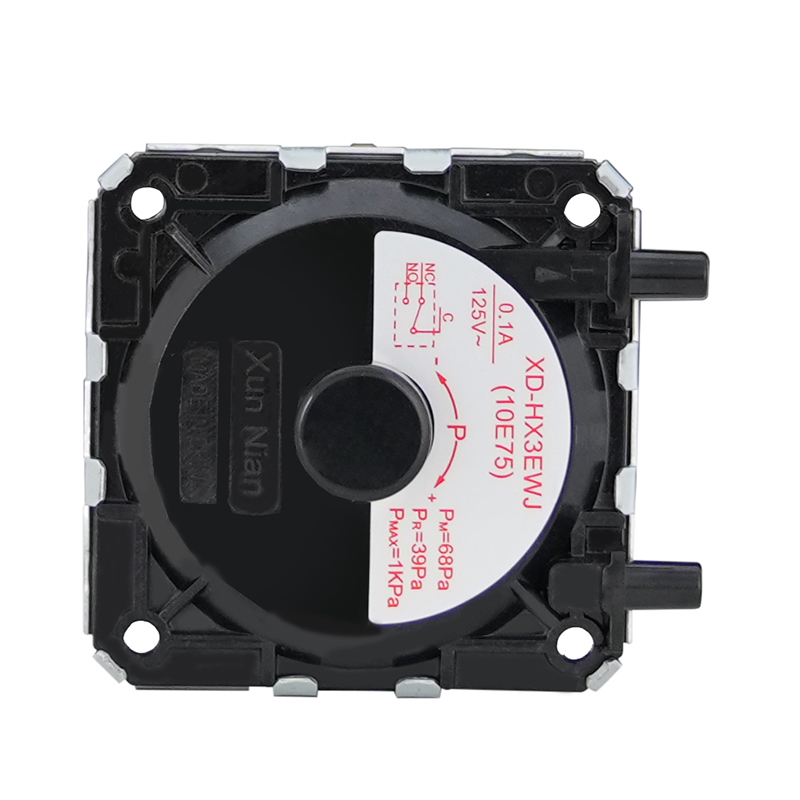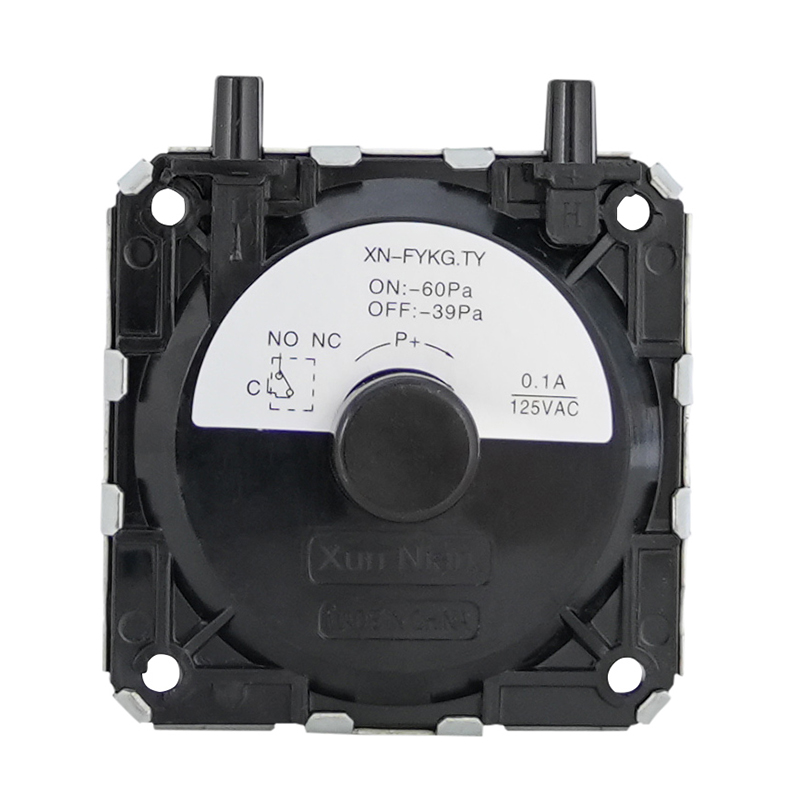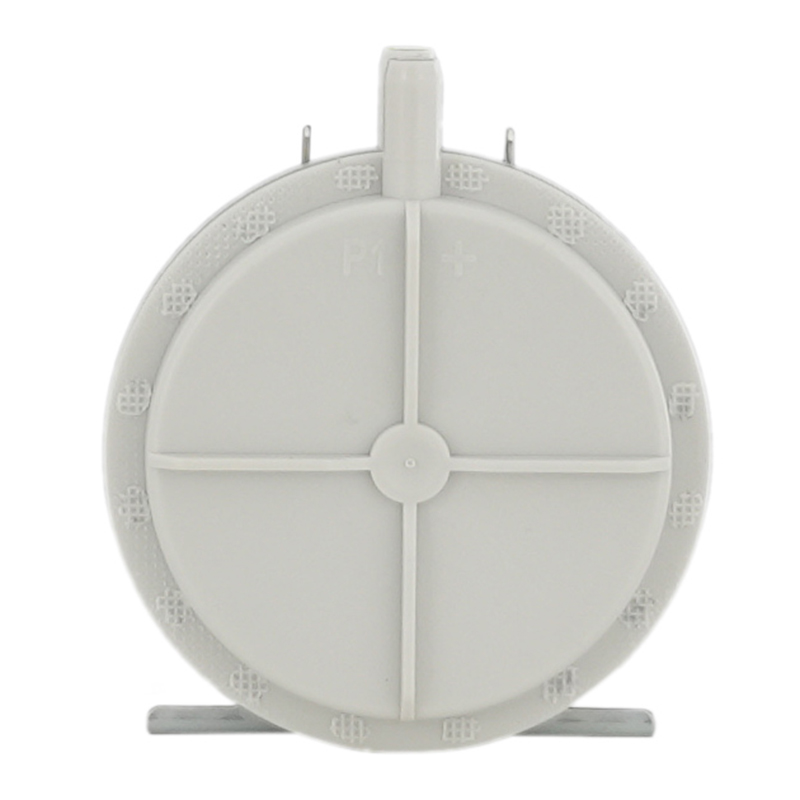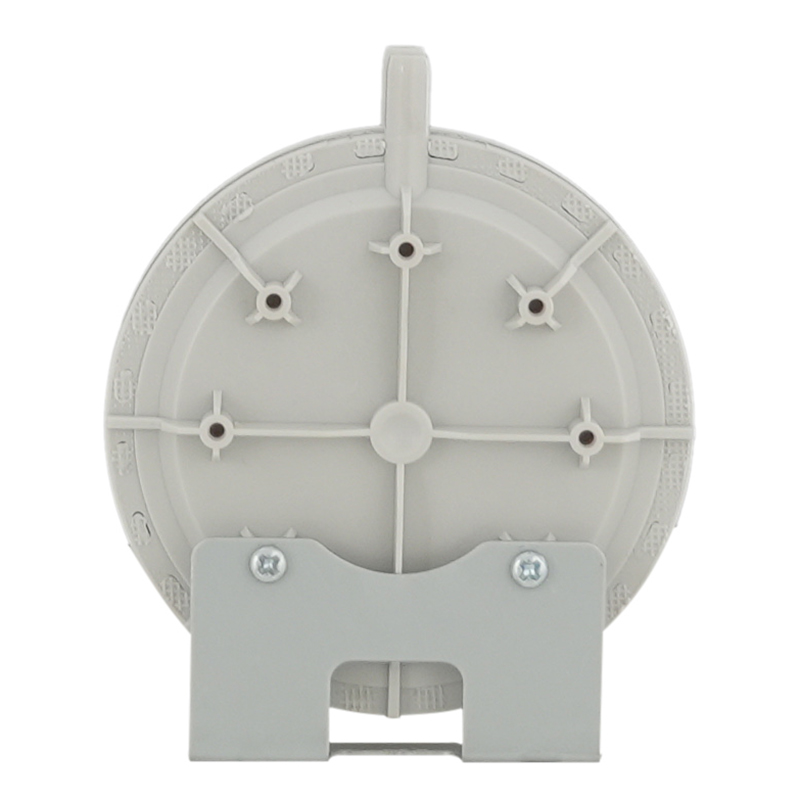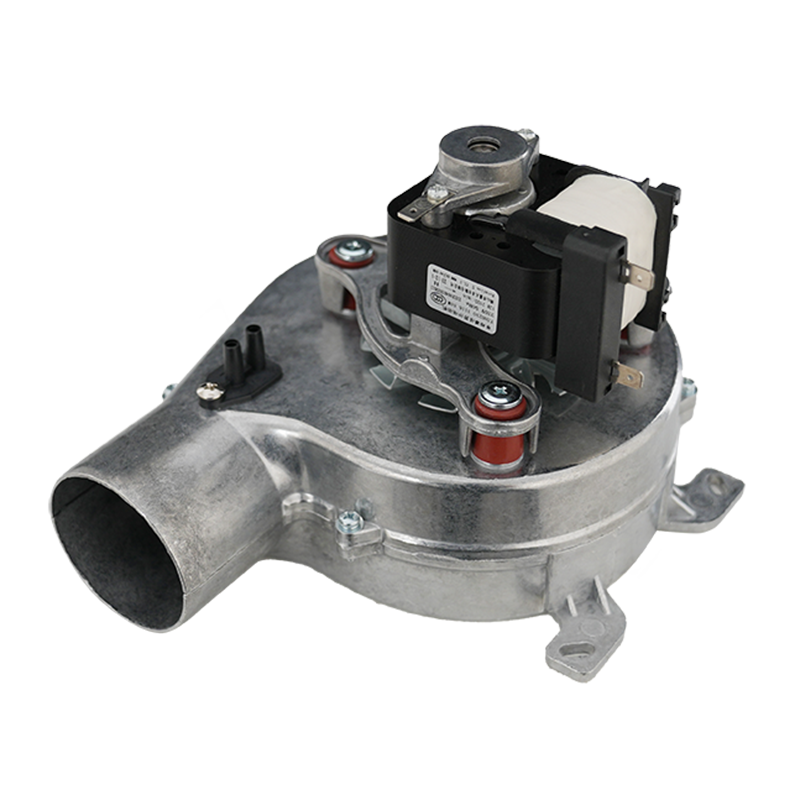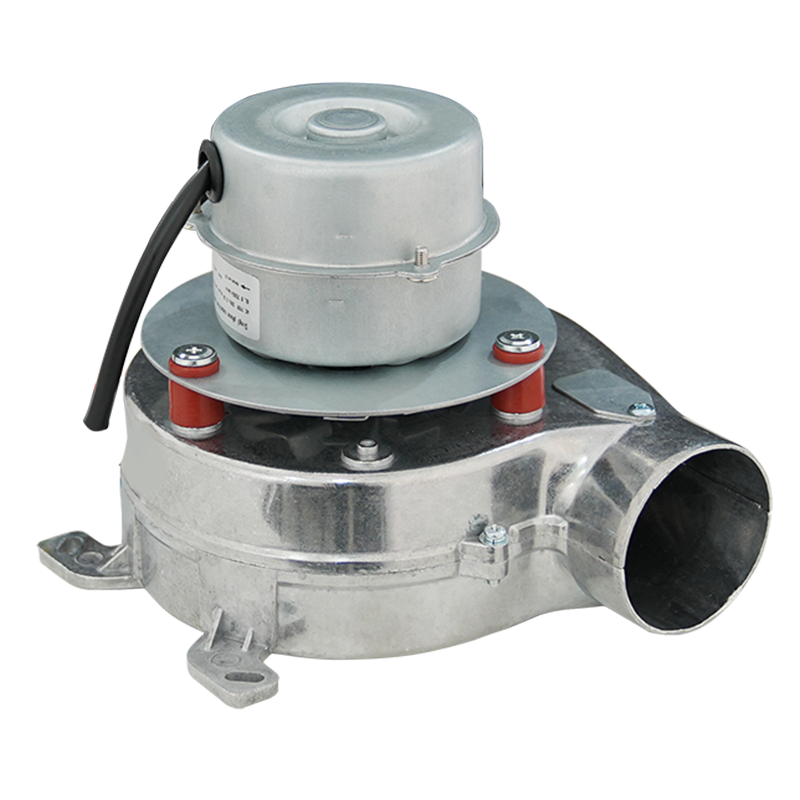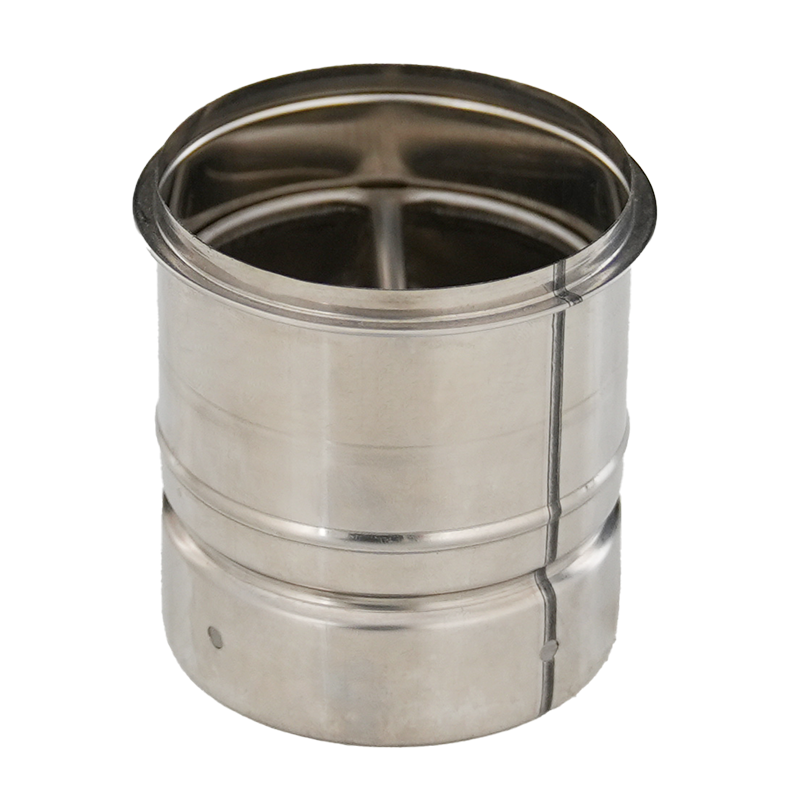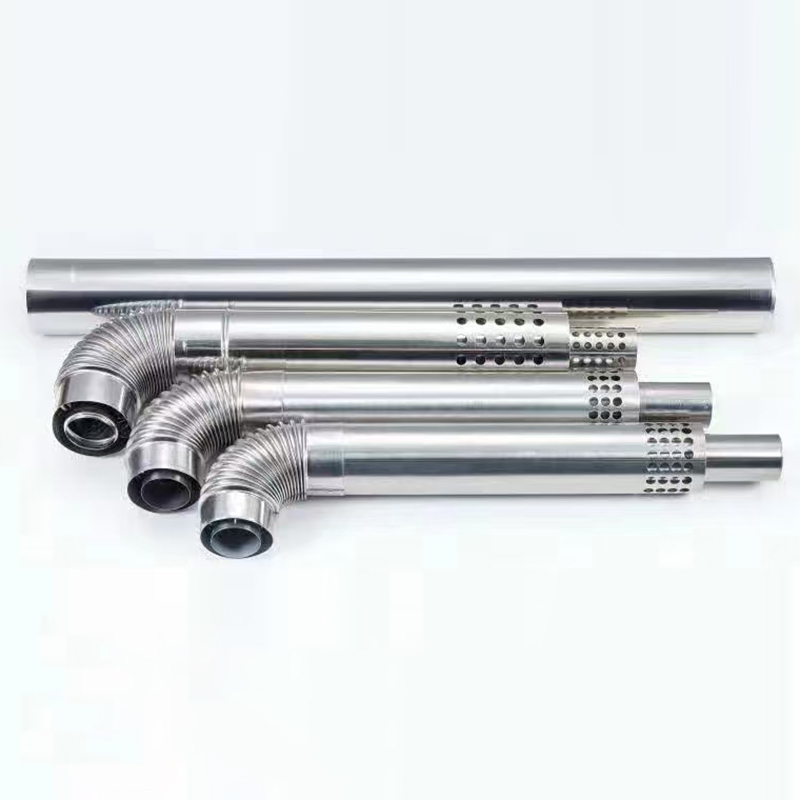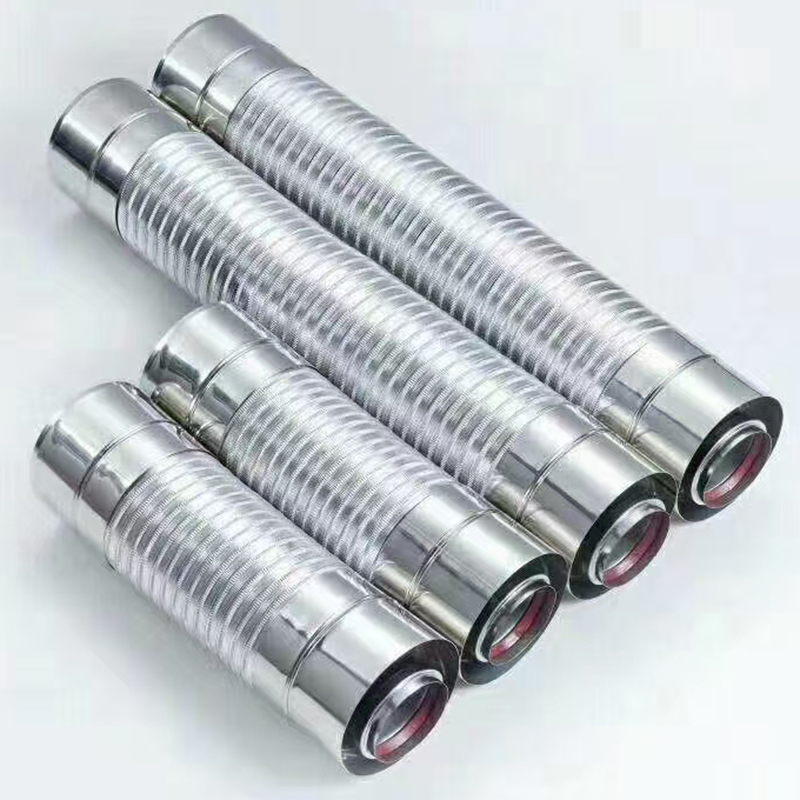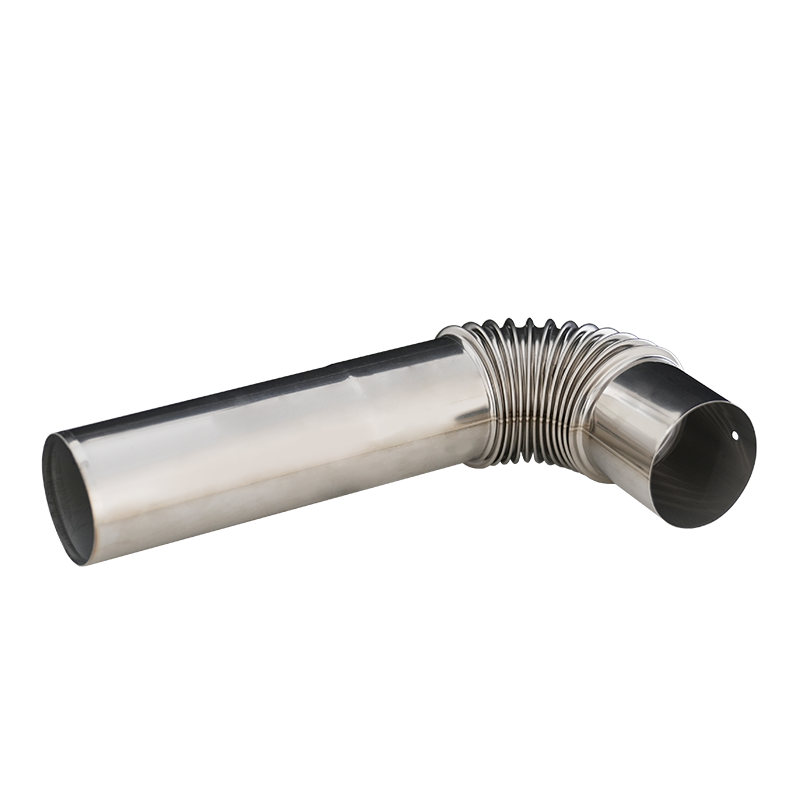Amid the roaring hum of factory workshops, in the circulating pipelines of water treatment systems, and beside the sterile production lines of food processing plants, "pressure" has always been a critical concern weighing on the minds of business owners. Excessively high pressure may cause equipment pipes to burst and shut down operations, or even trigger safety accidents; overly low pressure, on the other hand, leads to a sharp drop in production efficiency and a steep decline in product qualification rates.
In the past, faced with the rigid limitation of traditional pressure switches—"once set, cannot be changed"—many bosses could only watch helplessly as equipment repeatedly malfunctioned due to pressure mismatches. They were forced to either invest extra manpower for monitoring or bear high maintenance and rework costs. But now, an adjustable pressure switch that lets "you call the shots" is completely rewriting this passive situation.
From "Passive Accommodation" to "Active Control": It Solves the Core Pain Points of Production
The biggest shortcoming of traditional pressure switches lies in their flawed "fixed threshold" design. Take the hydraulic stamping equipment of an auto parts factory as an example: the pressure switch originally matched to the equipment was set at 8MPa. However, when producing steel plates of different thicknesses, the pressure needed to be adjusted to 6MPa or 10MPa. At this point, the traditional switch would either "trigger an overpressure alarm and shut down" or "fail to operate due to insufficient pressure."
Bosses were left with two options: either replace the switch with a new one that matched the corresponding threshold—costing several hundred yuan each time, not to mention halting production for half an hour to wait for installation and debugging—or take the risk of "making do with the existing switch." The latter often resulted in cracks in stamping parts, leading to over 10,000 yuan in monthly rework losses.
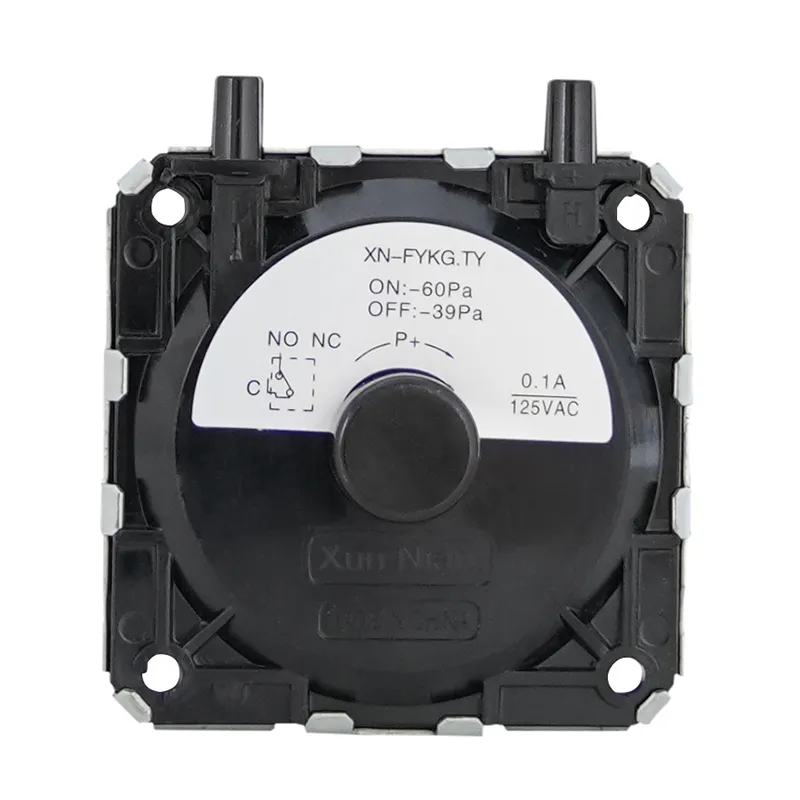
The emergence of the adjustable pressure switch has directly broken the limitation of this "one-time, unchangeable" setup. Equipped with a high-precision pressure adjustment knob and a visual digital display, it covers the common pressure range from 0.1MPa to 20MPa. All you need to do is turn the knob, and the value on the screen will change in real time. After confirming the setting with a press of a button, the equipment immediately operates according to the new pressure standard.
Most importantly, the adjustment process requires no power outage or production shutdown. Even when the production line is running at full speed, technicians can complete the pressure parameter adjustment in just 30 seconds. As the boss of an electronics factory in Shenzhen put it: "In the past, when switching to a different product model, just adjusting the pressure would require stopping the line for 1 hour. Now, we can make the change with a button press, allowing us to produce 2,000 more parts a day. The efficiency improvement is far from negligible."
More Than "Adjustable": It’s "Accurate, Stable, and Durable"
Bosses care about "whether it can be adjusted," but they care even more about "how accurate the adjustment is and how long it lasts." After all, if the pressure deviation after adjustment is too large, it will only cause greater troubles for production.
This adjustable pressure switch adopts an imported ceramic pressure sensor, with an accuracy of ±0.01MPa—equivalent to an error of no more than 1 centimeter in a 10-meter-high water column. On the filling line of a bottled water factory in Zhejiang Province, traditional switches once led to a ±5ml deviation in bottled water filling volume due to pressure fluctuations, resulting in frequent customer complaints about "insufficient quantity." After switching to the adjustable pressure switch, by accurately setting the filling pressure to 0.32MPa, the filling deviation was controlled within ±1ml, reducing complaint rates to zero. It also saved the factory from wasting 30 tons of water annually due to over-filling.
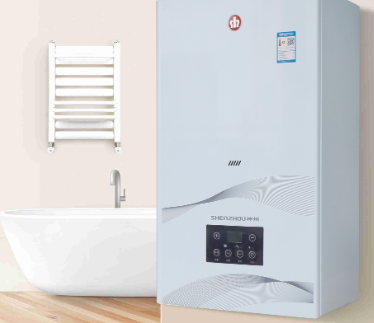
Stability is also a top priority for business owners. In many production environments, heavy dust, moisture, and oil pollution cause the contacts of traditional pressure switches to oxidize and rust easily. Within 3 months, problems like "false alarms" or "unresponsiveness" often occur.
In contrast, this adjustable pressure switch features an IP67 waterproof and dustproof design, with a corrosion-resistant 304 stainless steel shell. Even if immersed in water for 1 hour or used long-term in dusty environments like flour mills or machinery factories, its internal components can still work normally. The boss of a feed factory in Shandong Province shared: "In the past, we had to replace the pressure switches in the workshop every quarter. Now, with this adjustable one, it has been 18 months and there have been no malfunctions. We’ve saved nearly 2,000 yuan just on replacement costs alone."
Nowadays, more and more business owners who have experienced the adjustable pressure switch sigh, "The earlier you use it, the more peace of mind you’ll have." Because they understand that "pressure" in production is no longer a problem that has to be passively endured, but a "variable" that can be actively controlled according to their own needs. When equipment pressure can accurately match production requirements, and when downtime losses, maintenance costs, and energy consumption continue to decrease, the competitiveness of the enterprise will naturally improve.
If you are still troubled by pressure-related issues in production, why not try this adjustable pressure switch that lets "you decide the pressure"? Boss, stop putting up with the rigidity of traditional switches. Pick up the phone and inquire now—let your production line say goodbye to "pressure anxiety" and truly achieve "efficient and stable production"!


